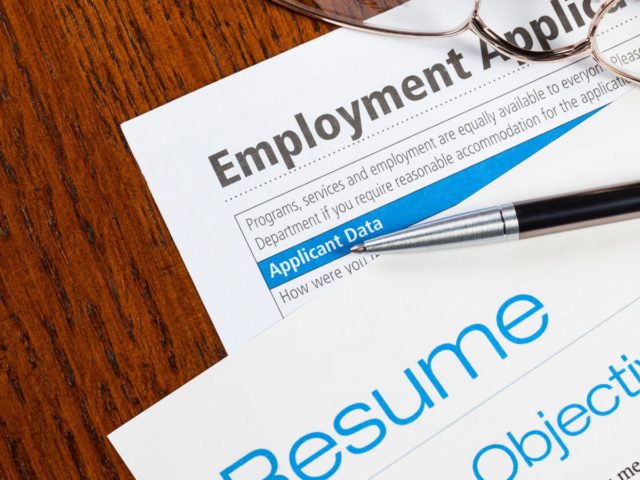Performance reviews, often met with anxiety and anticipation, are an integral part to a thriving workplace and the cornerstone of professional development. These conversations are an opportunity to strengthen relationships and set you and your team up for success. Let’s explore the point of performance reviews, as well as some best practices.
What is a Performance Review?
According to Forbes, “A performance review is a systematic process of evaluating the employee’s past performance and articulating future expectations for the job. The purpose of reviews is twofold: Give constructive feedback and suggest the next steps for personal and professional development…Managers use performance feedback to motivate employees, prioritize career development opportunities and clarify responsibilities and accountability…Employees use performance feedback as a beacon. It helps them reorient their effort toward the right goals and moderate their behaviors accordingly.”
Best Practices for Performance Reviews:
- Preparation: Prior to the performance review, both employees and managers should invest time in preparing for the discussion. You can do this by reviewing performance data, gathering feedback from colleagues, and reflecting on achievements and areas for improvement.
- Tactful Communication: The When I Work Blog states, “Use Tactful communication: Before you sit down with any employee, go in prepared to use thoughtful communication that will build up your employee, not tear them down… Tactfully sharing positive attributes alongside the items that need work will help the conversation feel more balanced, and ensure your employees don’t feel attacked.” Indeed also provides detailed tips on what to say and how to say it during a performance review discussion.
- Two-way Communication: Encourage employees to share their thoughts on their performance, challenges faced, and goals for the future. This fosters a sense of collaboration and understanding.
- Use of Specific Examples: Ground your feedback in real examples. This helps colleagues understand the context of their performance and makes the feedback more actionable.
- Recognize Achievements: Positive reinforcement is a crucial aspect of performance management. During a performance review meeting, be sure to acknowledge and celebrate a job well done. This further motivates employees to continue their excellent work.
- Develop Plans: Set some time aside during the meeting to collaboratively create plans for the areas that need improvement. These plans should outline actionable steps and training opportunities to help employees address their challenges.
In conclusion, performance reviews are not just a formality; they are a strategic investment in the growth and success of both individuals and the organization. By embracing these best practices, organizations can not only enhance performance but cultivate an environment where everyone is continuously motivated to contribute their best.
If you are looking to join a team that works collaboratively and encourages growth, browse our jobs.




